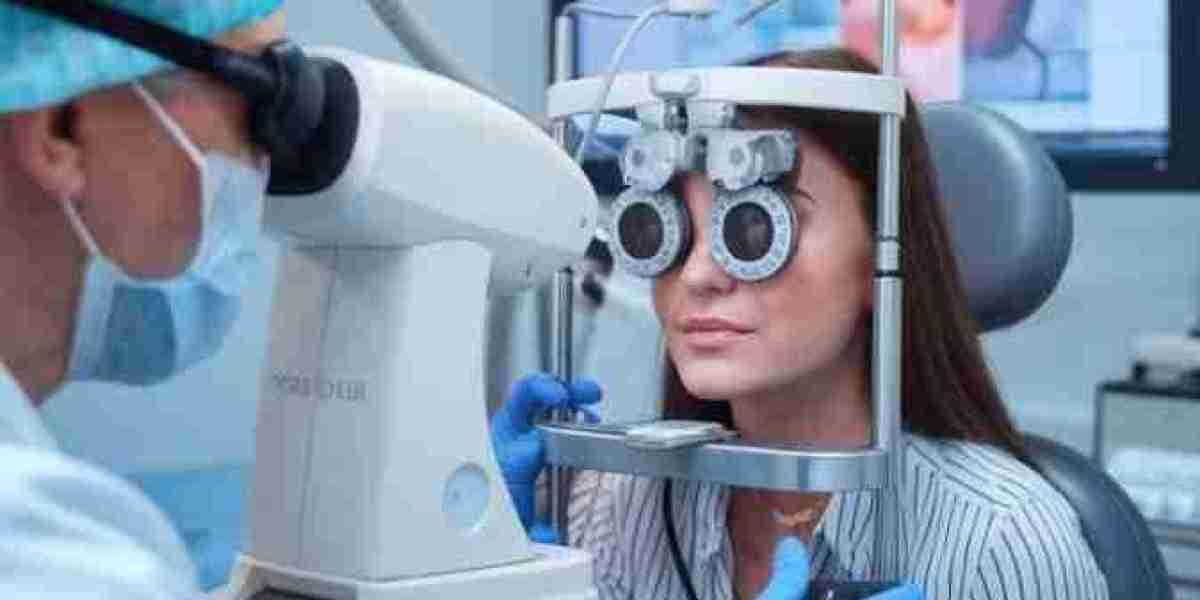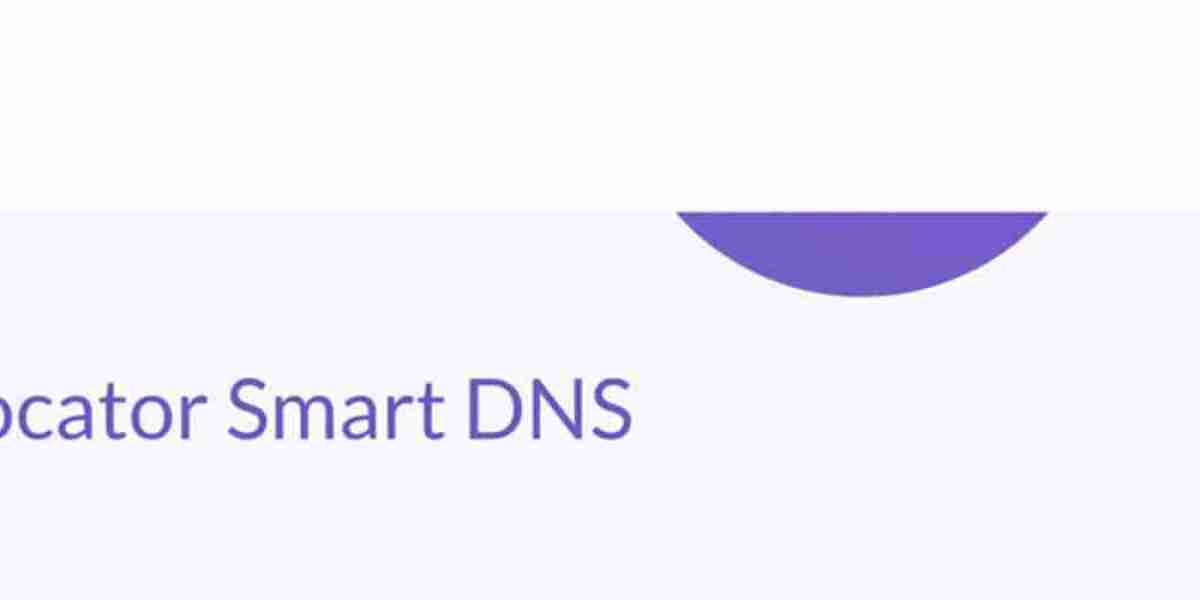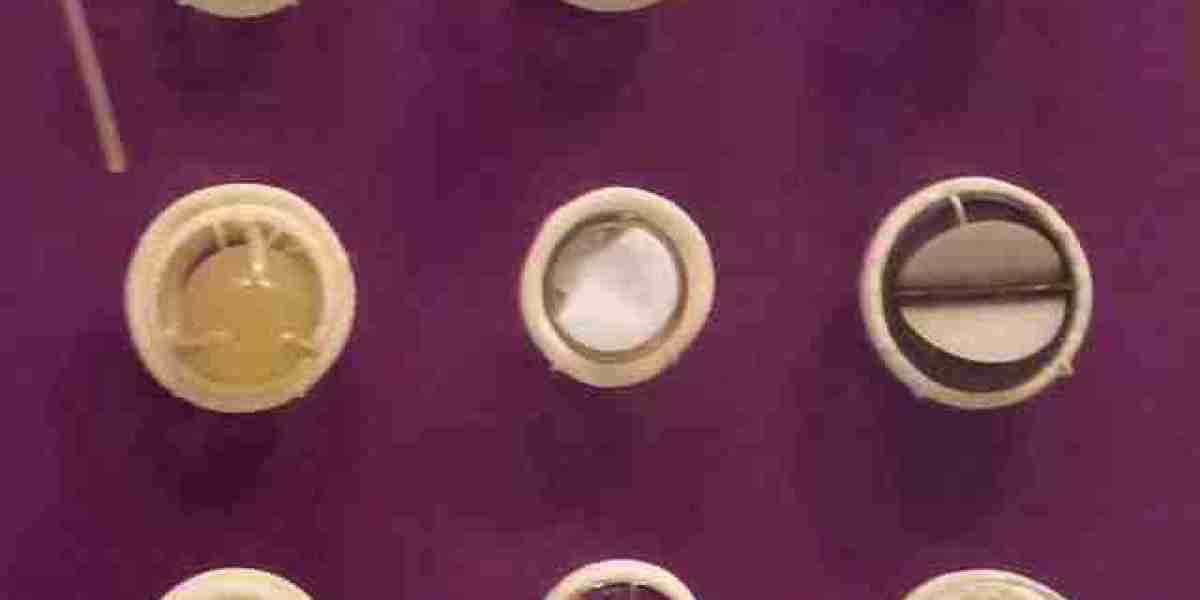Understanding Glaucoma: Causes, Symptoms, and Treatment Options
Expert Insights from the Best Ophthalmologist in Kannur
Glaucoma, often referred to as the "silent thief of sight," is a serious eye condition that can lead to irreversible vision loss if left untreated. Affecting millions worldwide, glaucoma develops gradually, often without noticeable symptoms in its early stages. By the time many individuals recognize the problem, significant damage to the optic nerve has already occurred.
Thankfully, with early diagnosis and timely medical intervention, glaucoma can be managed effectively. In Kannur, access to advanced diagnostic tools and skilled specialists ensures that residents receive high-quality care. This blog offers a detailed overview of glaucoma—its causes, symptoms, and available treatment options—guided by insights from the best ophthalmologist in Kannur and leading ophthalmologist Kannur professionals.
1. What is Glaucoma? An Overview of the Condition
Glaucoma is a group of eye disorders that damage the optic nerve, the crucial structure that transmits visual information from the eye to the brain. This damage is typically caused by abnormally high intraocular pressure (IOP), although glaucoma can also occur with normal eye pressure levels.
The two most common types of glaucoma are open-angle glaucoma and angle-closure glaucoma. Open-angle glaucoma is more prevalent and progresses slowly over time, while angle-closure glaucoma is less common but develops quickly and may present as a medical emergency. Regardless of type, both forms can result in permanent vision loss if not managed appropriately.
2. Causes and Risk Factors: Understanding the Triggers
While elevated eye pressure is a major risk factor for glaucoma, the exact cause remains multifactorial. Genetics, age, lifestyle, and other medical conditions can all play a role in increasing susceptibility. Understanding these factors helps individuals take proactive steps to protect their vision.
Those most at risk include individuals over the age of 60, people with a family history of glaucoma, diabetics, and those suffering from high blood pressure. Additionally, prolonged use of steroid medications and previous eye injuries can elevate the risk. A regular eye exam by an experienced ophthalmologist Kannur is the best way to assess your risk and monitor changes over time.
3. Early Symptoms: Recognizing the Warning Signs
One of the most dangerous aspects of glaucoma is its lack of early symptoms. In open-angle glaucoma, vision loss begins with the peripheral (side) vision and slowly progresses, making it difficult for patients to notice until the disease has advanced.
On the other hand, angle-closure glaucoma presents suddenly with symptoms such as:
Severe eye pain
Blurred vision
Nausea and vomiting
Halos around lights
Headaches
These warning signs should never be ignored. Immediate medical attention from the best ophthalmologist in Kannur is crucial to avoid lasting damage. For many patients, early detection means the difference between preserving sight and permanent loss.
4. The Importance of Early Diagnosis and Eye Screening
Since glaucoma develops gradually, routine eye screenings are the most reliable method for early detection. Comprehensive eye exams can reveal increased intraocular pressure, optic nerve abnormalities, and visual field changes long before symptoms become apparent.
Modern eye clinics in Kannur utilize advanced diagnostic tools such as Optical Coherence Tomography (OCT), visual field tests, and tonometry. These allow the ophthalmologist Kannur to create a detailed map of the eye's internal structures and detect even the slightest signs of damage. Annual screenings are strongly advised, particularly for high-risk groups.
5. Treatment Options: Managing Glaucoma Effectively
While glaucoma cannot be cured, it can be effectively controlled. The primary goal of treatment is to lower intraocular pressure and prevent further damage to the optic nerve. The treatment plan may vary depending on the type and severity of the disease.
Medication is usually the first line of defense. Eye drops that reduce fluid production or enhance drainage are commonly prescribed. If medication fails to control the pressure, laser therapy or surgical intervention may be necessary. Procedures such as trabeculoplasty, iridotomy, or trabeculectomy help facilitate fluid drainage from the eye. The best ophthalmologist in Kannur tailors each treatment plan based on the patient’s individual condition and lifestyle.
6. Living with Glaucoma: Long-Term Management and Lifestyle Tips
Glaucoma is a lifelong condition that requires consistent monitoring and lifestyle adjustments. Patients must adhere strictly to their treatment regimen, including regular use of prescribed eye drops and scheduled follow-ups with their ophthalmologist Kannur.
Moreover, maintaining a healthy lifestyle—such as regular exercise, controlling blood pressure, avoiding smoking, and following a balanced diet—can support overall eye health. Reducing screen time and practicing stress management techniques may also contribute to stabilizing intraocular pressure. Education and awareness play a key role in managing glaucoma effectively over time.
7. Why Choosing the Best Ophthalmologist in Kannur Makes a Difference
Managing glaucoma successfully requires expertise, precision, and ongoing care. The best ophthalmologist in Kannur combines years of experience with the latest technological advancements to provide accurate diagnosis and effective treatment plans. Personalized care ensures that patients understand their condition, participate in their care decisions, and feel confident in their treatment path.
Patients in Kannur benefit from access to world-class ophthalmic care, with state-of-the-art clinics that offer holistic eye health services—from preventive screenings to surgical interventions. Choosing a trusted ophthalmologist Kannur ensures not just vision preservation, but also peace of mind.
Conclusion: Protect Your Sight Before It’s Too Late
Glaucoma is a silent yet serious condition that requires vigilance, awareness, and timely care. With early detection, appropriate treatment, and regular follow-up, vision loss can be significantly slowed—or even prevented altogether. If you’re over the age of 40 or have risk factors, now is the time to prioritize your eye health.
Schedule a comprehensive eye exam with the best ophthalmologist in Kannur today. Whether it’s for a routine check-up or specialized glaucoma care, your vision deserves the highest level of attention and expertise.




